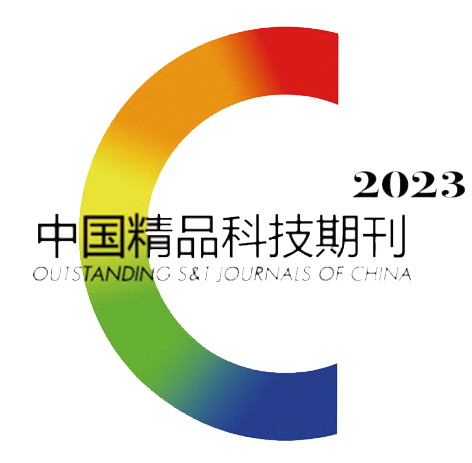Effects of Protein Glycosylation by Hydrothermal Processing on the Gelling Properties and Gel Microstructures of Egg White Proteins
-
Abstract
Using egg white proteins as raw materials (EWPs), this study investigated the effects of glactooligosaccharides (GOS)-induced protein glycosylation by hydrothermal processing on the gelling properties and gel microstructures of EWPs, and characterized the gelling mechanisms. This article first studied the effects of GOS amounts and hydrothermal conditions on the hardness and elasticity of EWP-GOS conjugates (EGCs), then assessed the color differences, water-holding capacity, rheology, intermolecular forces and microstructure of EGCs using low-field nuclear magnetic resonance, rheometer, Fourier transform infrared spectroscopy and scanning electron microscope. The results showed that, GOS addition and heat induction conditions could significantly (P<0.05) affect the texture characteristics of composite gel. In comparison with EWP gel, the EGCs prepared at optimal conditions had increased hardness by 68.30%, elasticity by 15.05% and water-holding capacity by 27.54%, respectively, while the whiteness decreased by 23.37%. After protein glycosylation of EWPs, hydrophobic interactions and disulfide bonding were enhanced. Covalent interactions were found between the carbonyl groups of GOS and primary amino groups of EWPs, which gave rise to strengthened microstructure and higher water-holding capacities. This study would provide the theoretical foundation to the preparation and application of egg white protein glycosylation by hydrothermal processing.
-

-





 DownLoad:
DownLoad: